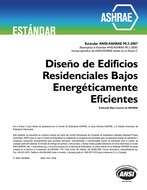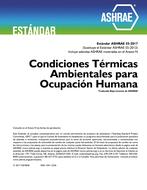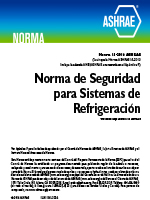Description
In this study, airflow modeling and particle tracking methodologies were used to consider the effect of geometry changes—in particular, ceiling height variations—in an operating room (OR). The ceiling height of the OR was varied from 9 ft (2.74 m) to 12 ft (3.66 m) in 1 ft (0.30 m) increments, and a range of different air change rates were considered at each height—between 20 and 30 air changes per hour (ACH). The contamination of the surgical site was monitored to determine the primary effect of the geometrical and flow rate variations. The results of the study indicate that the ACH becomes an important parameter as the ceiling height is reduced. In order to explain this phenomenon, a mathematical study of the main driving forces in the room was made. In particular, a consideration was made of the Archimedes number (Ar) equation (ratio of Grashof to Reynolds numbers) in a simplified representation of the OR. The result of this consideration is that the contamination of the surgical site becomes sensitive to the value of Ar as the ceiling height is progressively reduced. A consideration of Ar is therefore recommended in the design of the ventilation system of an OR.
Paper from IAQ 2004 — Critical Operations: Supporting the Healing Environment Through IAQ Performance Standards
Units: Dual
Citation: IAQ Conference: IAQ 2004
Product Details
- Published:
- 2004
- Number of Pages:
- 6
- File Size:
- 1 file , 580 KB
- Product Code(s):
- D-22548




